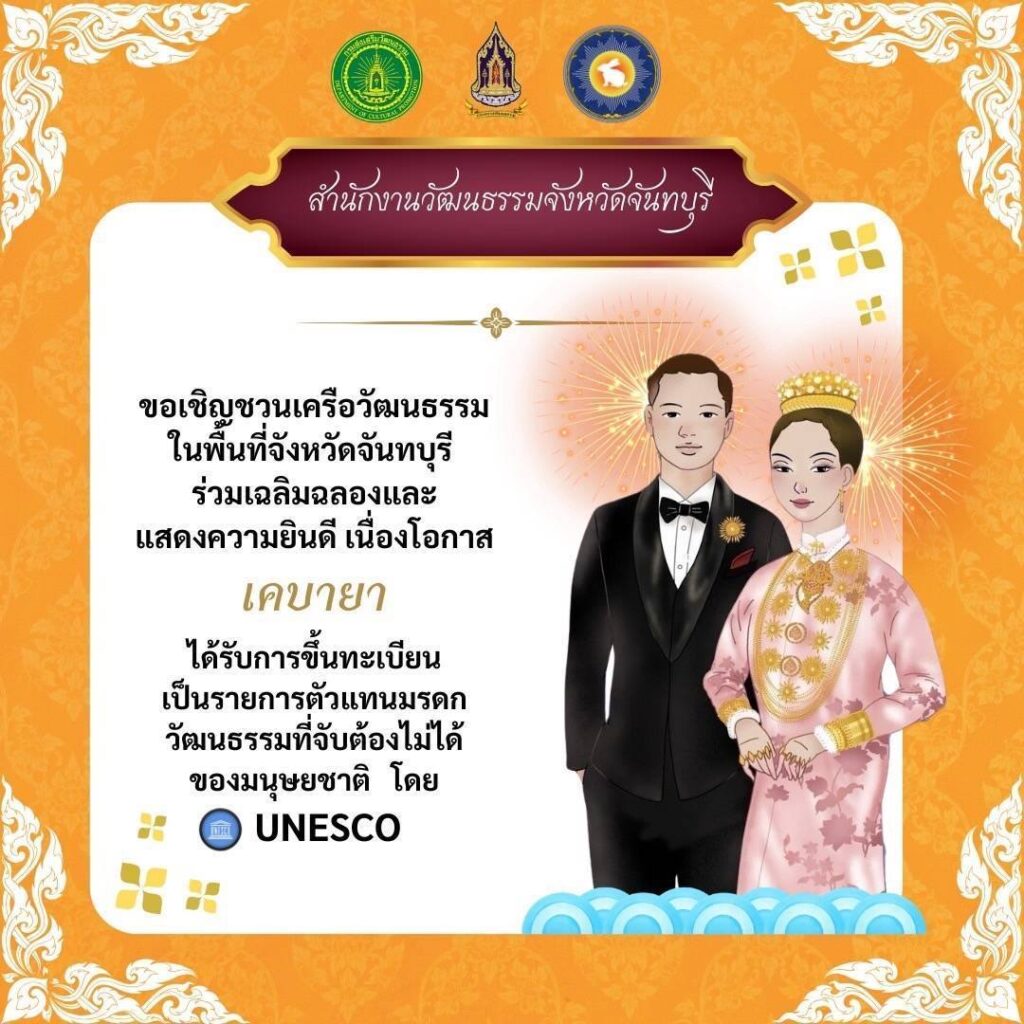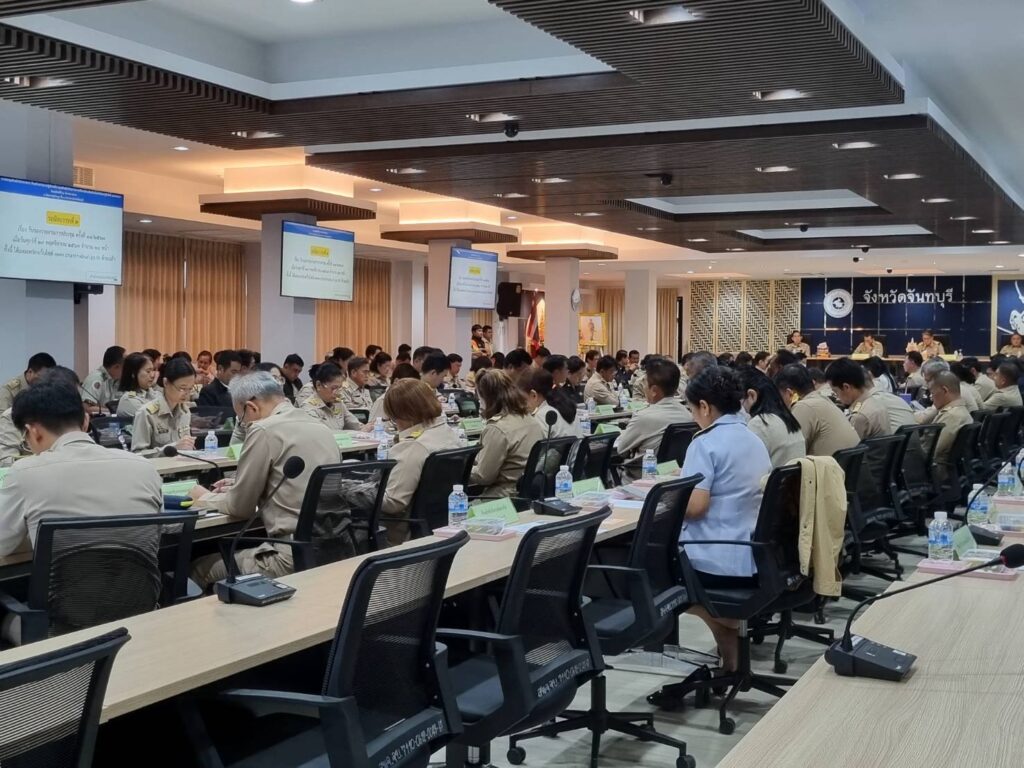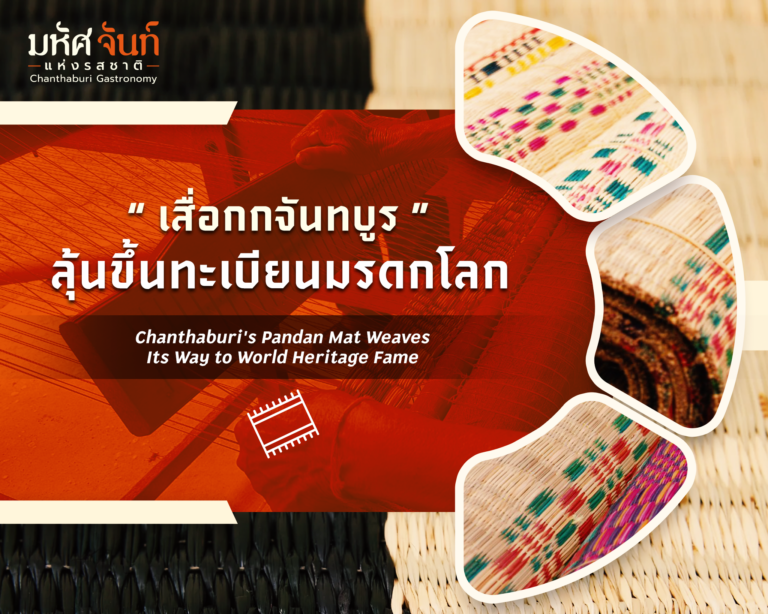Chanthaburi province is making significant strides in preserving and promoting its cultural heritage. The province’s iconic reed mats have recently been inscribed on Thailand’s Intangible Cultural Heritage List for the year 2567 (2024 CE) and are now being considered for inclusion on UNESCO’s Representative List of the Intangible Cultural Heritage of Humanity. If successful, this recognition would elevate the value and reputation of Chanthaburi reed mats on the global stage and provide sustainable economic opportunities for the local communities involved in their production.
From Community Crafts to Global Recognition
Reed mats have long been an integral part of Thai daily life. Historically, they were essential household items, particularly in the eastern and central regions of Thailand, where they were used as floor coverings, seating, and in religious ceremonies. However, Chanthaburi reed mats stand out due to their intricate production process and exquisite designs.
The patterns on Chanthaburi reed mats are unique, delicate, and often inspired by the surrounding natural world, featuring floral, leaf, or traditional geometric motifs. Weaving these mats requires a high level of skill and years of training before artisans can produce high-quality products.

The Push for UNESCO Recognition
Being inscribed on Thailand’s Intangible Cultural Heritage List is just the first step in the process of seeking UNESCO recognition. The process is complex and involves compiling extensive documentation and historical evidence, as well as demonstrating the cultural, social, and economic significance of the reed mats.
If successful, UNESCO recognition would bring several benefits, including:
- Cultural Heritage Preservation: Encouraging the preservation and transmission of local intangible cultural heritage.
- Promoting Local Industries: Increasing interest in reed mats and stimulating the development and diversification of reed-based products such as bags, shoes, and home decor.
- Boosting Tourism: Attracting culturally-oriented tourists who wish to learn about and experience the lives of local weavers.
- Creating Economic Opportunities: Expanding market access for reed mats on the global stage and increasing the value of these products.
Local Communities and the Preservation of Reed Mats Weaving
Local communities play a crucial role in preserving and passing down the knowledge of reed mat weaving. Older generations and skilled artisans within these communities possess the expertise and knowledge needed to train younger generations. However, the number of traditional artisans is declining as young people are drawn to other industries.
Therefore, it is essential to implement programs that support learning and training in reed mat weaving in schools and vocational centers to help young people appreciate the value of this local heritage. Government agencies and relevant organizations can also provide support through initiatives such as reed mat design competitions, the creation of new products, and exhibitions to disseminate knowledge.

Chanthaburi A Creative City of Gastronomy
In addition to its reed mats, Chanthaburi is also renowned for its cuisine, particularly its fruits and fresh seafood such as durian, rambutan, mangosteen, shrimp, shellfish, and fish. The province aims to be recognized by UNESCO as a “Creative City of Gastronomy,” which would promote tourism and foster sustainable economic growth.
Chanthaburi boasts unique local dishes such as gaeng moo chamuang (pork curry with chamuang leaves), pla tom rakam (fish simmered with bitter gourd), kway teow sen chan pad pu (stir-fried flat rice noodles with crab), and a variety of distinctive sweets. By becoming a Creative City of Gastronomy, Chanthaburi can expand market opportunities for local food producers and stimulate the development of export-ready food products.
Collaboration Between Government, Private Sector, and Communities
Efforts to promote Chanthaburi reed mats as a UNESCO World Heritage Site and to develop the province as a Creative City of Gastronomy require collaboration from all sectors, including government, the private sector, academic institutions, and local communities.
- Government: Should provide policy support, funding, and programs to promote cultural preservation.
- Private Sector: Can play a role in product development and marketing to increase the visibility of reed mats.
- Local Communities: Are the backbone of preserving traditional knowledge and skills, passing them on to future generations.
Conclusion
The drive to promote Chanthaburi reed mats as a UNESCO World Heritage Site and to develop Chanthaburi as a Creative City of Gastronomy represents a significant step forward for the province. These initiatives not only help to preserve local intangible cultural heritage but also create economic value and promote sustainable tourism. Through collaboration and shared efforts, Chanthaburi is poised to take its place on the global stage, showcasing its unique cultural heritage and culinary delights.
Facebook Page : มหัศจันท์ แห่งรสชาติ – Chanthaburi Gastronomy
Home Page : มหัศจันท์ แห่งรสชาติ – Chanthaburi Gastronomy


